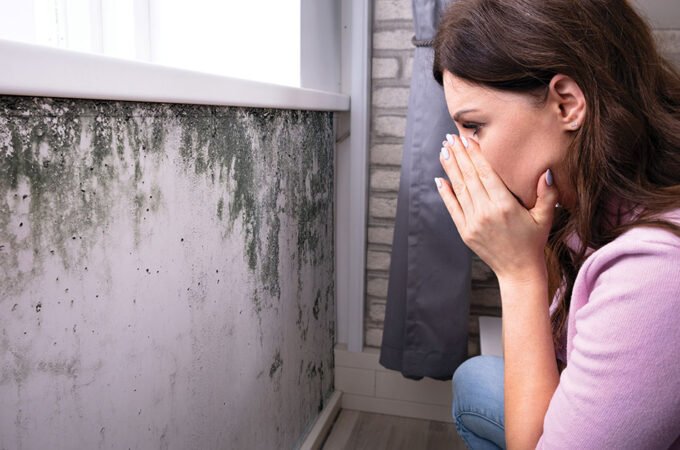
How Tree Pruning Keeps Your Trees Healthy
For perfect, healthy trees that provide a lasting investment to your property as well as comfort to your living and/or working space, you need to do more than fertilize, mulch, and properly water. You need proper tree trimming, otherwise known pruning. Proper tree trimming doesn’t need to be done every year, but it does need to be done correctly.
What are the benefits of tree trimming?
Whether your trees are young or mature, they require a strong structural framework, and periodic clearing out of any dead or dying, diseased, or damaged branches and limbs. This promotes your tree’s health in two ways: First, it prevents the spread of disease; and Second, it transfers the tree’s energy to branches or limbs that are vigorous and remain intact.
Young tree’s benefit from the form and growth changes that come with pruning. This is the structural framework of the tree itself, by removing branches that rub together, branch stubs or suckering you promote the usefulness of the tree. Usefulness is part of the landscape structure and appearance. You’ll want to keep the natural form of the tree as much as possible. A properly trimmed tree will appear untouched and at the same time vibrant with life and health.
Mature tree’s benefit from the removal of dead branches, a process commonly referred to as crown clearing. This keeps your trees looking their best while protecting your property, neighbors, family, friends, and pets from unsafe limbs that could fall. Storms can rip at dead, diseased, or severely weakened limbs and branches scattering them to unwelcome spots where they can do serious damage, so you want to have those removed properly and safely.
What are some issues to look for before trimming?
Suckering is an unsightly deformation that develops weak branch structures, if left alone your tree may be short-lived. Suckering is prevalent on fruit trees and may interfere with and potential harvest. Water sprouts are very like suckers, being thin and not contributing to the tree’s foliage.
Removing large branches are often required by city agencies and utilities. This can leave stubs which may lead to multiple health problems. Stubs are easily infected by fungi and parasites.
Rubbing branches may not seem like a problem, but many opportunistic parasites and pathogens take advantage of bark reduction and/or removal where those branches or limbs constantly rub on each other, eventually weakening the tree.
As you observe your tree check for insect infections. Apple trees can get worms that prevent the tree from ever producing fruit. In some instances, it may be possible to remove insect infected limbs allowing the tree to flourish.
Best practices for approaching tree trimming.
First, if you’re unfamiliar with tree trimming consider getting professional advice. You’ll want to speak with ISA Certified Arborists or experts of an equal standard. You don’t want to attempt pruning if you’ve never done it before.
Second, know the things that should not be done. For example, an arborist who knows their business will know: That one should avoid topping trees and That evergreens should remain well proportioned and dense.
Third, know the best times of the year for your trees optimal trimming. For deciduous and evergreen trees the best time of year to trim is between February and April. For Oak trees, the optimal trimming period is December through February. These periods allow the tree to heal before the natural growing season starts. You want to avoid, if possible, trimming trees in the lates summer and early fall when most trees are going into hibernation. Any resulting new growth will likely die in the cooling temperatures.






